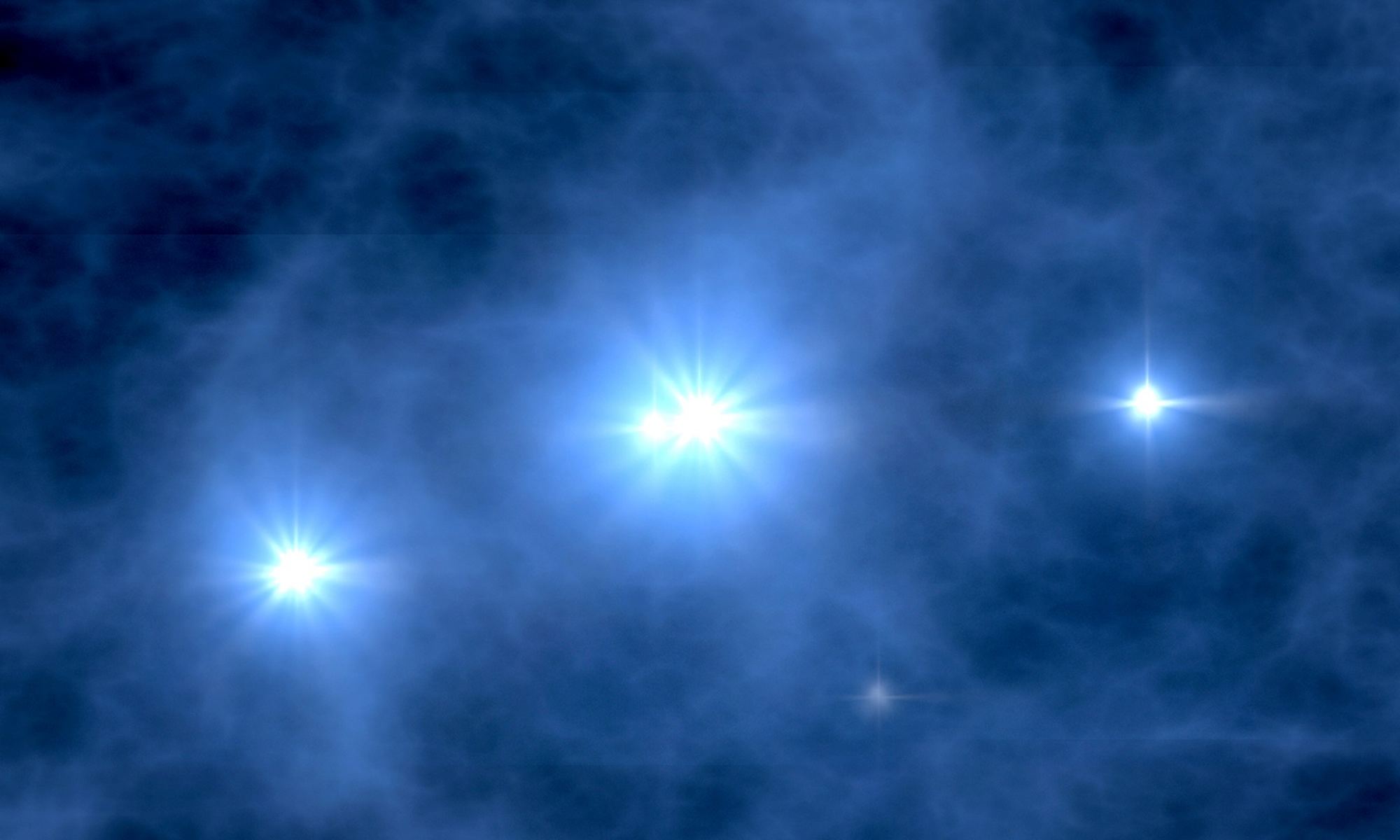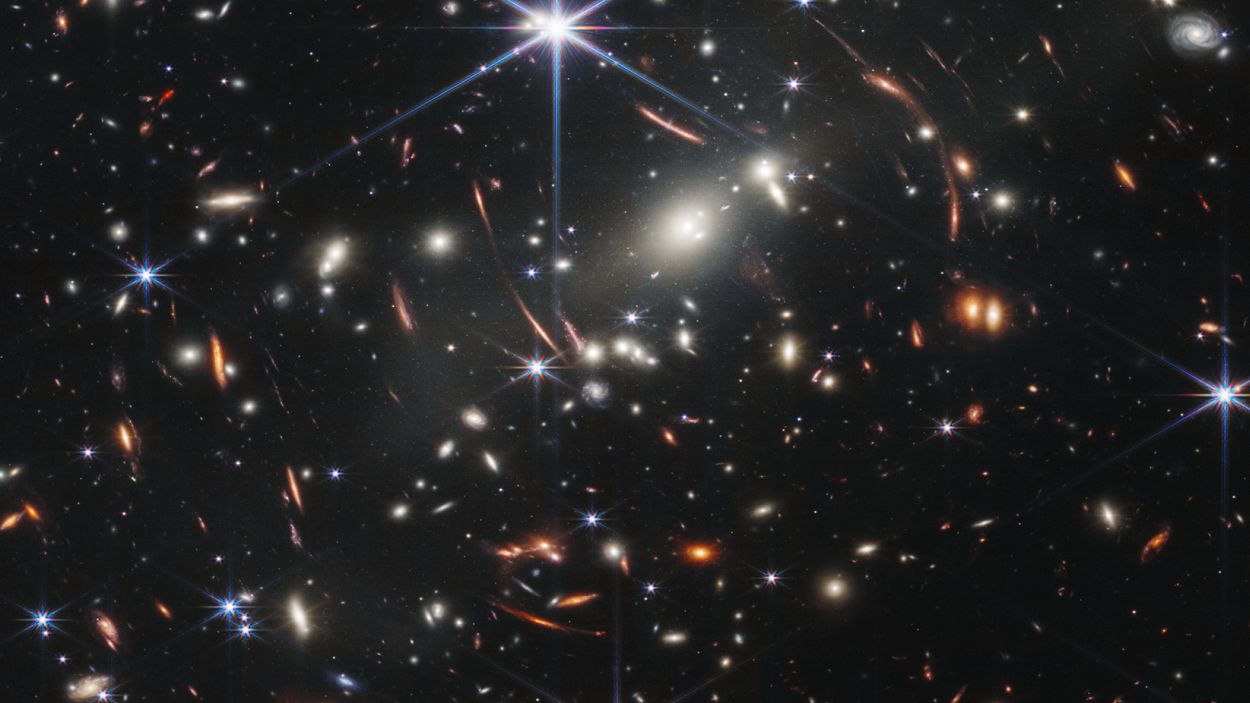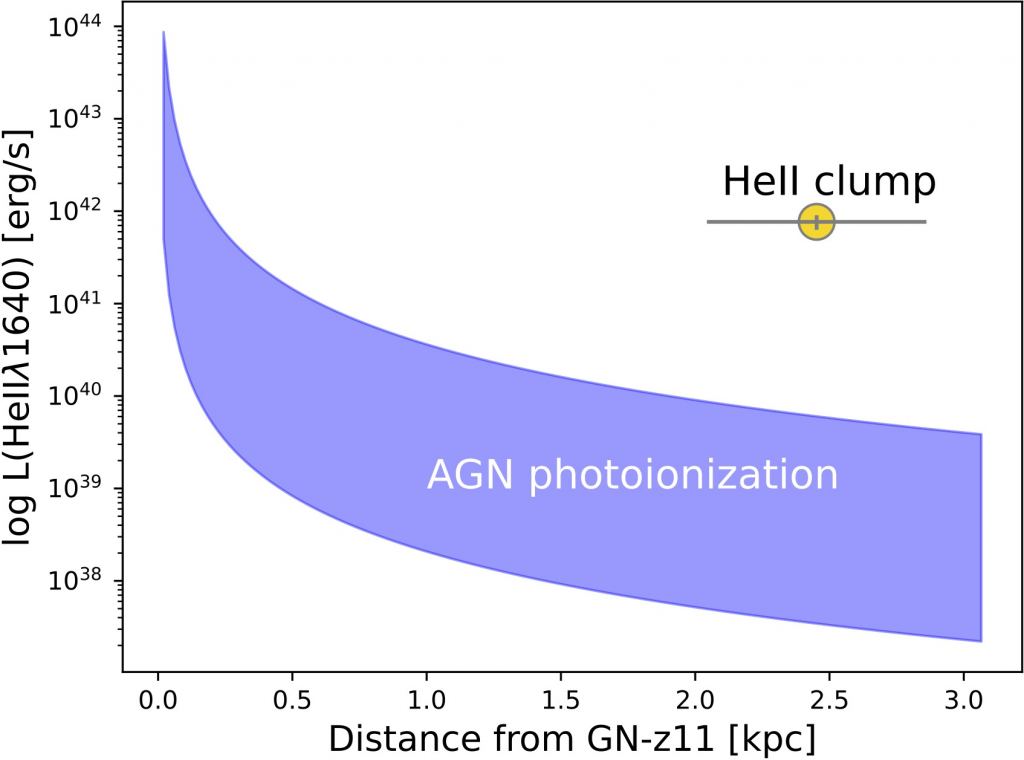In astronomy, elements other than hydrogen and helium are called metals. While that might make your high-school chemistry teacher cringe, it makes sense for astronomers. The two lightest elements were the first to appear in the universe. They are the atomic remnants of the big bang and make up more than 99% of atoms in the universe. All the other elements, from carbon to iron to gold, were created through astrophysical processes. Things like nuclear fusion in stellar cores, supernova explosions, and collisions of white dwarfs and neutron stars.
Because these types of astrophysical events have happened throughout the history of the universe, and continue to happen, the fraction of metals in the universe has increased over time. Because of this, one of the ways we categorize stars is by the amount of metals we see in their spectra. It’s known as the metallicity of a star. With metallicity, astronomers categorize stars into three broad populations.

Population I stars, like our Sun, have the highest amount of metals. They are generally the youngest stars, and the ones most likely to have planetary systems. Population II stars have fewer metals. They are an older population, so a majority of them are red dwarf stars. There were plenty of large Population II stars in the past, but they have long since died, leaving white dwarfs and neutron stars. The remnant clouds of these dead stars provided the raw materials out of which Population I stars formed.
Both of these types of stars have been observed in the Milky Way and other galaxies. But there is a third population we’ve never seen. Population III stars would be truly ancient. They would have been the first stars to appear in the universe, with almost no metals in them. Without heavier elements to increase their density, Population III stars must have been monsters. Brilliant blue hydrogen-helium stars hundreds of times more massive than our Sun. They would have had very bright but very short lives. The great-grandmother stars that cast the first metals into space with their violent, explosive demise. They were all gone long before our Sun formed.
But thanks to the finite speed of light, the deeper we look into the cosmos the further into the past we can see. So astronomers have studied some of the most distant galaxies searching for evidence of these first stars. Now that the James Webb Space Telescope (JWST) is online, they are getting an amazing view of incredibly distant galaxies. And according to a recent study, one team may have found the first glimpse of Population III stars.

The team looked at spectral lines from a region near a galaxy known as GN-z11. It’s one of the most distant galaxies ever observed, with a redshift of about z = 10.6, meaning that we see it at a time when the universe was only 400 million years old. That’s still after the very first stars likely formed, so much of the galaxy is likely comprised of Population II stars. But Population III stars might still have been forming in the halo of gas surrounding the galaxy.
The spectral lines from this halo region show a strong HeII ?1640 line, which is the type of line emitted by helium when it’s extremely hot. Normally such a hot interstellar gas will have bright lines from “metal” elements, but this region doesn’t have that. So the HeII region appears to be a mix of hydrogen and helium gas that has been strongly ionized by…something.
 Observed halo spectra vs the AGN ionization model. Credit: Maiolino, et al
Observed halo spectra vs the AGN ionization model. Credit: Maiolino, et al
One possibility is that the halo region could be heated by an active galactic nuclei (AGN) at the center of GN-z11, but the estimated temperature of the halo gas and its distance from the galaxy doesn’t really fit the AGN model. The other alternative is that the region was ionized by massive Population III stars. Based on the level of ionization, these stars would have been about 500 times more massive than the Sun, which is in the hypothetical mass range of PopIII stars.

This study isn’t enough to prove the presence of Population III stars, but it’s a compelling argument. We need more observations of these distant galaxies. And thanks to the JWST, we’re starting to get them.
Reference: Maiolino, Roberto, et al. “JWST-JADES. Possible Population III signatures at z= 10.6 in the halo of GN-z11.” arXiv preprint arXiv:2306.00953 (2023).





